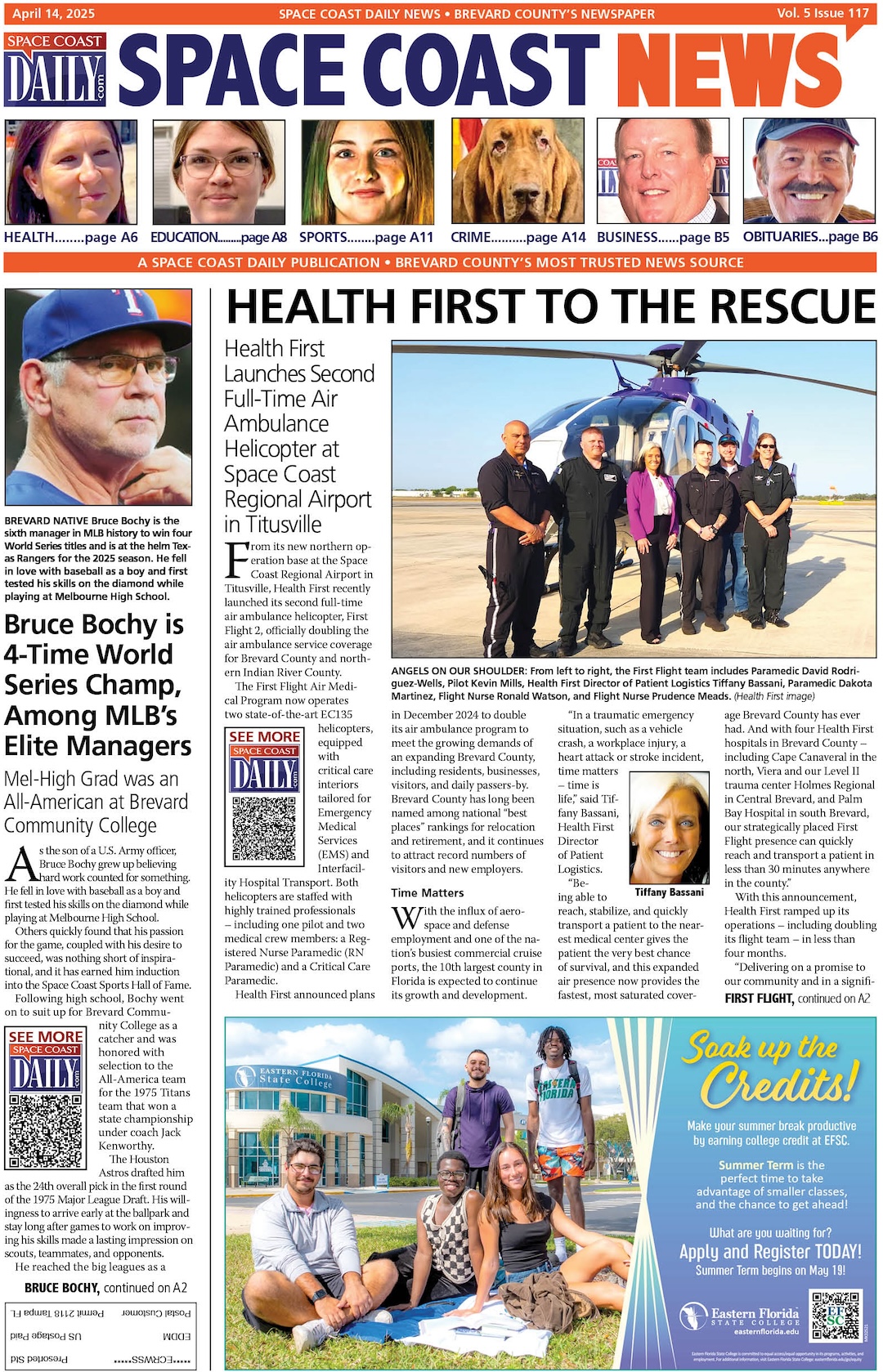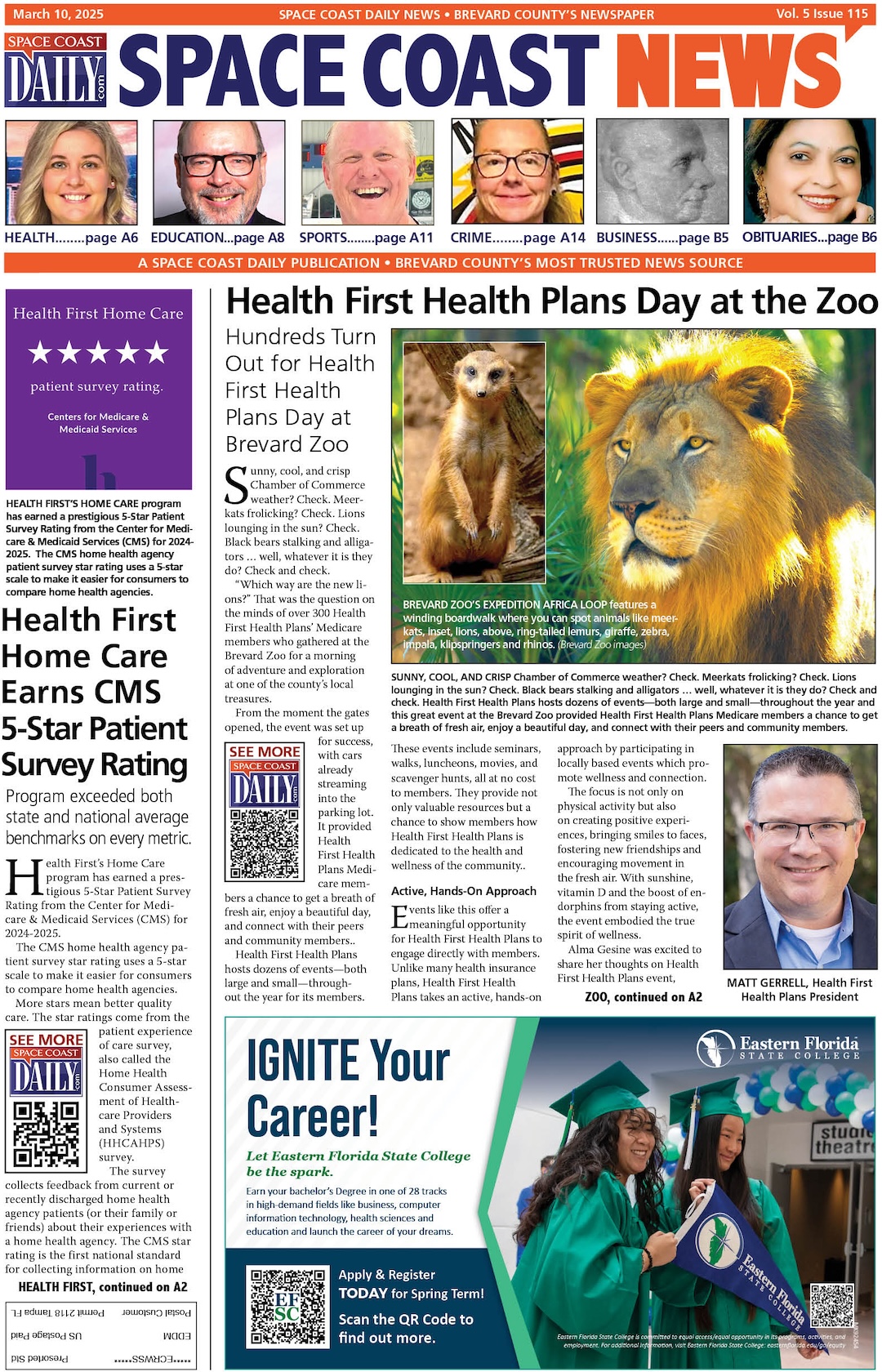Health Insurance Statistics in the UK
By Space Coast Daily // May 17, 2022

The United Kingdom has one of the world’s largest insurance marketplaces, with both a huge local market and many global insurers providing services all over the world. In terms of total domestic insurance premiums written, the insurance industry in the United Kingdom was the largest in Europe in 2019.
The National Health System (NHS), which is funded by general taxes and administered by the Department of Health, covers the whole population of the United Kingdom.
Despite this coverage, private care and insurance are becoming more and more popular. Public hospitals, private non-profit hospitals, and private for-profit hospitals coexist throughout the United Kingdom.
In this article, we have collated health insurance statistics in the UK to assist you in deciding whether or not it is worth getting health insurance.
A Brief Overview of the NHS Facts and Statistics
■ The healthcare industry in the United Kingdom generates a total yearly turnover of more than GBP 70 billion.
■ In 2020, the Department of Health and Social Care had a budget of £139.3 billion, up £5.4 billion from 2019.
■ The NHS employed around 1.2 million employees in the UK in 2019. At the time, the average full-time employee received a basic income of £32,000. In August 2019, there were over 24,000 calls to 999 before COVID-19 struck.
■ In 2018/19, the NHS in the United Kingdom spent about £159 billion. That equates to GBP 2,300 per person in the UK and accounts for 7.1% of the country’s GDP.
An Overall Statistics on Private Medical Insurance
■ Amidst the Brexit uncertainty, private medical insurance (PMI) is gaining a significant market share. Around 8 million people in the UK have active private health insurance contracts, accounting for roughly 13% of the population.
■ In 2015, total spending on UK private medical cover increased by 2.8%, including both insured and self-insured healthcare trusts.
■ According to the Association of British Insurers (ABI), there are currently 1.7 million people in the United Kingdom who have PMI.
■ Since the average annual cost of health insurance is £1,435, it can be a good investment if you need surgery, such as a hip or knee replacement, gall bladder removal, or cataract surgery.
■ According to a local survey, 53% of respondents would prefer to invest in some kind of health insurance for their employees or themselves and their families.
■ Full inpatient and full outpatient cover insurance were utilized by 1.77 million people in 2020.
■ Bupa continues to maintain more than half of the market share in the UK health and medical insurance sector. More than 80% of its annual revenue comes from the health insurance market.
Data on PMI Provided by the Employer
■ When it comes to giving health benefits to their employees, employers prioritise health and well-being. Within three years of the company’s inception, up to 45% of companies in the United Kingdom intend to include employee health and well-being in their company goals.
■ Employees in the United Kingdom benefit from basic health and retirement coverage provided by the government, as well as widespread access to a well-established financial services industry that provides customers with a diverse range of private health care insurance options.
■ Workers in the United Kingdom report significantly less anxiety about financial difficulties. As they have enough money to live on (44% of UK employees), they can buy adequate health insurance for themselves and their families due to the availability of these resources (28% in the United Kingdom).
Predictive Data on PMI Statistics
■ During the projection period, the market for health and medical insurance is predicted to grow at a robust 5.05 % (2021-2026).
■ Due to an increase in NHS waiting times and referrals to the private sector, the private healthcare market is expected to reach USD 13.8 billion by 2025.
CPI Statistics
The Consumer Price Index (CPI) is a statistical measure of how much a certain item costs in comparison to other products or services. The CPI for health insurance has grown steadily but consistently over the last 11 years, from 2008 to 2019.
A&E Waiting Time Statistics
In August of this year, 2.13 million people visited A&E. There were 6.4% more in August 2018 than in August 2017. The number of visitors to A&E in the previous year was 3.9% %greater than the year before. Over 260,000 patients waited more than 4 hours to be seen, with 372 waiting more than 12 hours.
Statistics on Ambulances
There were 14 NHS ambulance bodies in the UK in 2019/2020, including 11 in England and one in Scotland, Wales and Northern Ireland. In 2018/2019, NHS ambulance trusts in England spent £92 million on private ambulances, up £2 million from the previous year.
Conclusion
According to the above-mentioned figures, a growing number of people are purchasing private health insurance, and the business is expected to boom. Businesses can also acquire health insurance for their employees, and the premiums are relatively low.












